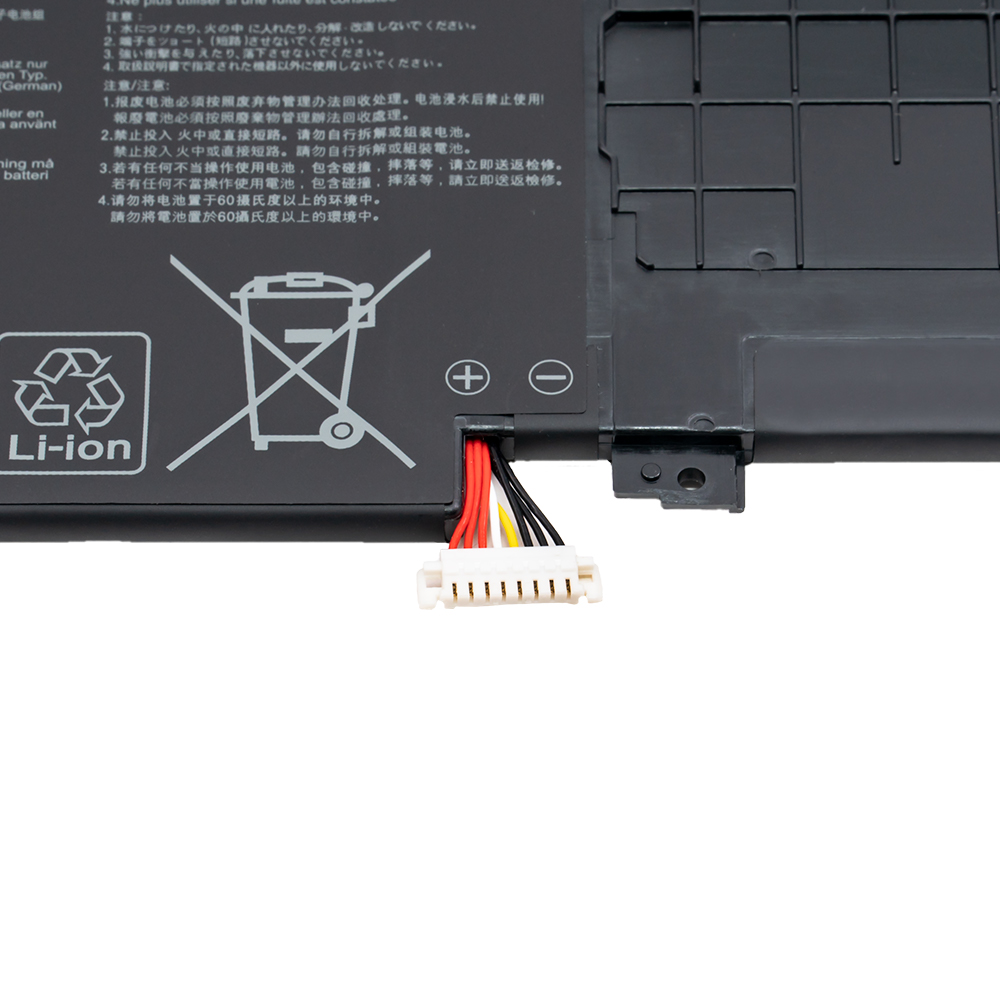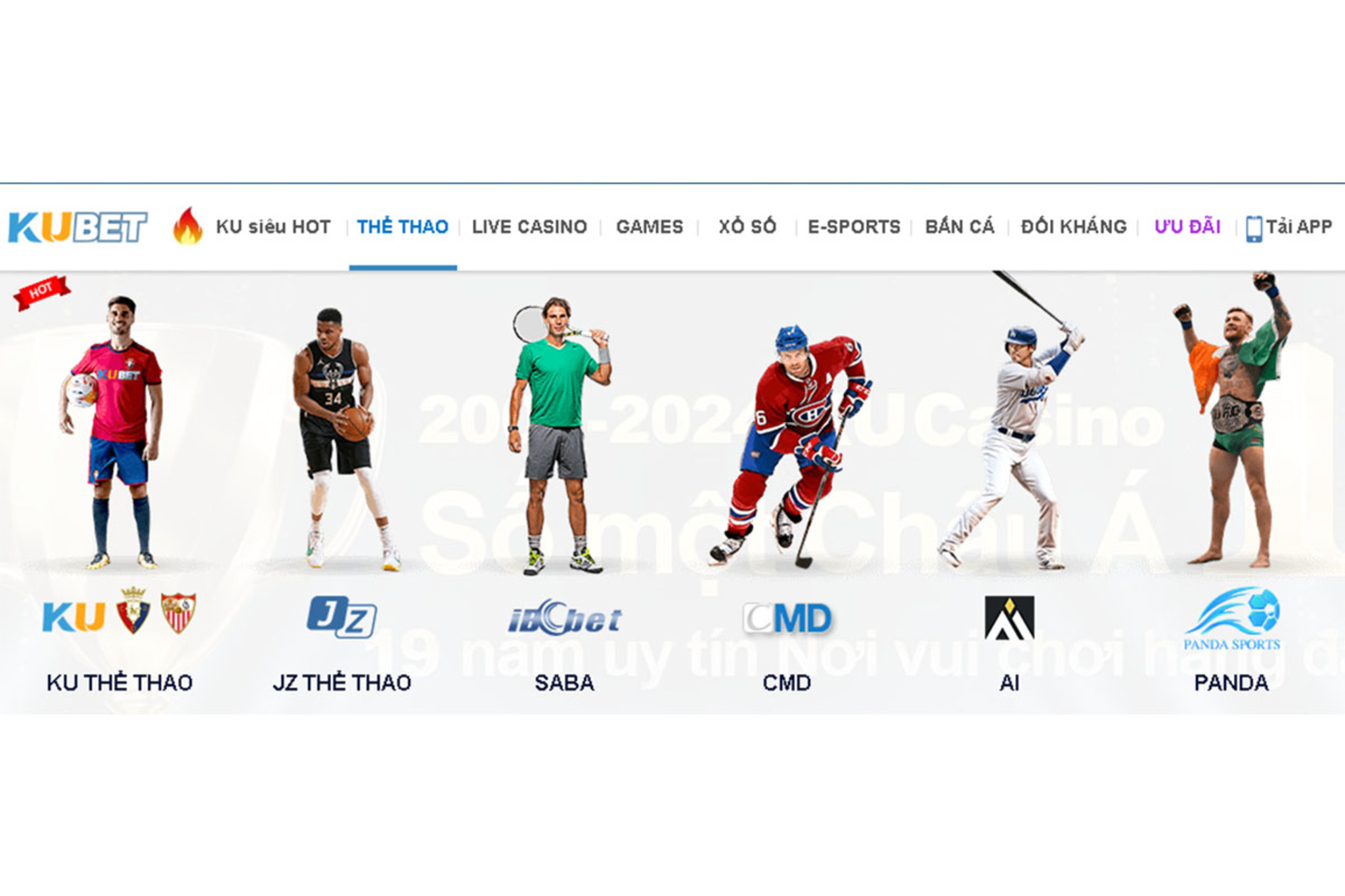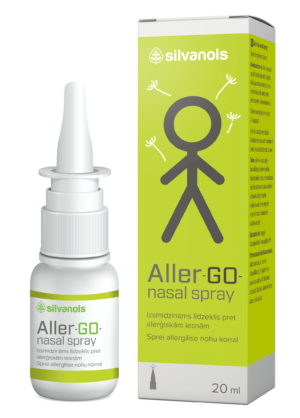trực tiếp bóng đá kèo nhà cái 888
Bài viết này sẽ kinh nghiệm cá cược cách bắt đầu tham gia u888 một cách nhanh chóng và an toàn, đồng thời khám phá thế giới giải trí đa dạng và hấp dẫn mà giao diện tham gia game này mang lại.
Hướng Dẫn Chi Tiết Cách trực tiếp bóng đá kèo nhà cái 888
Xem thêm: https://blocs.mesvilaweb.cat/oscarguardia/trade-the-weekend-over-the-world-shirt-33-2025/
Việc bắt đầu tham gia vào tài khoản U888 là bước đầu tiên để bạn khám phá thế giới trò đỏ đen rút thưởng đầy thú vị. Tuy nhiên, đôi khi người tham gia gặp khó khăn trong quá trình này. Phần này sẽ cung cấp kinh nghiệm cá cược, từng bước một, giúp bạn dễ dàng vào web vào tài khoản của mình và bắt đầu trải nghiệm. Các thông tin được trình bày rõ ràng, kèm call những lưu ý quan trọng để đảm bảo quá trình bắt đầu tham gia diễn ra suôn sẻ và an toàn.
Cách Truy Cập Trang Chủ U888
Để bắt đầu quá trình bắt đầu tham gia u888, việc đầu tiên cần làm là vào web vào giao diện chính chính thức của U888. Điều này nghe có vẻ đơn giản, nhưng trong bối cảnh hiện nay, khi có rất nhiều trang web giả mạo xuất hiện, việc xác định đúng địa chỉ là vô cùng quan trọng. Bạn nên kiếm tìm thông tin trên các diễn đàn cá cược uy tín hoặc hỏi ý kiến từ những người tham gia có kinh nghiệm để đảm bảo mình vào web đúng đường link.
Sau khi đã tìm được địa chỉ chính xác, hãy nhập nó vào thanh địa chỉ của trình duyệt web. Lưu ý kiểm tra kỹ xem địa chỉ có đúng chính tả hay không, tránh sai sót nhỏ có thể dẫn đến việc bạn vào web vào một trang web lừa đảo. Nếu bạn thường xuyên sử dụng U888, hãy lưu trang web vào danh sách yêu thích hoặc tạo một lối tắt trên giao diện desktop để tiện vào web lần sau. Điều này không chỉ giúp bạn tiết kiệm thời gian mà còn giảm thiểu rủi ro khi kiếm tìm trên Google, nơi các trang web giả mạo thường cố gắng leo lên vị trí đầu.
Ngoài ra, bạn cũng nên kiểm tra xem trang web có chứng chỉ bảo mật SSL (Secure Socket Layer) hay không. Dấu hiệu nhận biết là biểu tượng ổ khóa nhỏ màu xanh lá cây nằm bên cạnh địa chỉ trang web trên thanh địa chỉ của trình duyệt. Chứng chỉ này đảm bảo rằng tất cả dữ liệu bạn gửi và nhận từ trang web đều được mã hóa, bảo vệ thông tin cá nhân và tài khoản của bạn khỏi những kẻ xấu.
Điền Thông Tin Đăng Nhập Chính Xác
Sau khi đã vào web thành công vào giao diện chính U888, bạn sẽ thấy một biểu mẫu bắt đầu tham gia hiển thị trên giao diện. Biểu mẫu này thường bao gồm hai trường chính: tên bắt đầu tham gia và mật khẩu. Điều quan trọng là bạn phải điền chính xác thông tin này, vì chỉ cần một sai sót nhỏ cũng có thể khiến bạn không thể vào web vào tài khoản của mình.
Hãy kiểm tra kỹ xem bạn đã nhập đúng tên bắt đầu tham gia hay chưa. Tên bắt đầu tham gia thường là một chuỗi ký tự (có thể bao gồm cả chữ và số) mà bạn đã chọn khi tạo tài khoản tài khoản. Nếu bạn quên tên bắt đầu tham gia, đừng cố gắng đoán mò, vì nhập sai quá nhiều lần có thể khiến tài khoản của bạn bị khóa tạm thời. Thay vào đó, hãy sử dụng chức năng “Quên tên bắt đầu tham gia” (thường có một liên kết nhỏ bên dưới biểu mẫu bắt đầu tham gia) để lấy lại thông tin.
Tiếp call là mật khẩu. Mật khẩu là một chuỗi ký tự bí mật được sử dụng để bảo vệ tài khoản của bạn khỏi những người không có quyền vào web. Hãy đảm bảo rằng bạn đã nhập đúng mật khẩu, và lưu ý rằng mật khẩu thường phân biệt chữ hoa và chữ thường. Nếu bạn quên mật khẩu, cũng đừng lo lắng, U888 thường cung cấp chức năng “Quên mật khẩu” giúp bạn đặt lại mật khẩu mới thông qua email hoặc số điện thoại đã tạo tài khoản.
Một mẹo nhỏ là bạn nên bật chế độ hiển thị mật khẩu (thường có một biểu tượng hình con mắt bên cạnh trường mật khẩu) để kiểm tra xem mình đã nhập đúng hay chưa. Tuy nhiên, hãy cẩn thận khi sử dụng tính năng này ở nơi công cộng, vì có thể có người nhìn trộm mật khẩu của bạn.
Xử Lý Các Lỗi Đăng Nhập Thường Gặp
Đôi khi, dù bạn đã điền thông tin chính xác, bạn vẫn có thể gặp phải lỗi khi bắt đầu tham gia. Một trong những lỗi phổ biến nhất là “Sai tên bắt đầu tham gia hoặc mật khẩu”. Lỗi này thường xảy ra khi bạn nhập sai một trong hai thông tin này. Hãy kiểm tra lại kỹ càng và thử lại. Nếu vẫn không được, hãy sử dụng chức năng “Quên tên bắt đầu tham gia” hoặc “Quên mật khẩu” để lấy lại thông tin.
Một lỗi khác mà bạn có thể gặp phải là “Tài khoản bị khóa”. Lỗi này thường xảy ra khi bạn nhập sai mật khẩu quá nhiều lần hoặc khi tài khoản của bạn bị nghi ngờ có hoạt động bất thường. Trong trường hợp này, bạn nên liên hệ với bộ phận hỗ trợ khách hàng của U888 để được trợ giúp. Họ sẽ yêu cầu bạn cung cấp một số thông tin để xác minh danh tính và sau đó mở khóa tài khoản cho bạn.
Ngoài ra, cũng có thể xảy ra lỗi do sự cố kỹ thuật từ phía U888. Trong trường hợp này, bạn chỉ cần chờ một lát và thử lại sau. Nếu lỗi vẫn tiếp diễn, hãy liên hệ với bộ phận hỗ trợ khách hàng để báo cáo sự cố.
Cuối cùng, hãy luôn đảm bảo rằng bạn đang sử dụng phiên bản trình duyệt web mới nhất và không có bất kỳ phần mềm độc hại nào trên máy tính của bạn, vì những yếu tố này cũng có thể gây ra lỗi khi bắt đầu tham gia.
Bảo Mật Tài Khoản U888 Sau Khi Đăng Nhập
Đăng nhập thành công chỉ là bước đầu tiên. Việc bảo mật tài khoản U888 sau khi bắt đầu tham gia là vô cùng quan trọng để đảm bảo an toàn cho thông tin cá nhân và tài sản của bạn. Phần này sẽ hướng dẫn bạn các biện pháp bảo mật cần thiết để bảo vệ tài khoản của mình khỏi những kẻ xấu.
Thay Đổi Mật Khẩu Định Kỳ
Một trong những biện pháp bảo mật đơn giản nhưng hiệu quả nhất là thay đổi mật khẩu định kỳ. Mật khẩu là chìa khóa để vào web vào tài khoản của bạn, vì vậy việc giữ cho mật khẩu luôn mới và khó đoán là vô cùng quan trọng. Bạn nên thay đổi mật khẩu ít nhất mỗi 3-6 tháng một lần.
Khi thay đổi mật khẩu, hãy chọn một mật khẩu mạnh, bao gồm cả chữ hoa, chữ thường, số và ký tự đặc biệt. Tránh sử dụng những thông tin dễ đoán như ngày sinh, số điện thoại hoặc tên của người thân. Một mật khẩu mạnh sẽ khiến những kẻ xấu khó có thể đoán được mật khẩu của bạn, ngay cả khi họ có được thông tin cá nhân của bạn.
Ngoài ra, bạn cũng nên tránh sử dụng cùng một mật khẩu cho nhiều tài khoản khác nhau. Nếu một trong số các tài khoản của bạn bị xâm phạm, những kẻ xấu có thể sử dụng mật khẩu đó để vào web vào tất cả các tài khoản khác của bạn.
Bật Xác Thực Hai Yếu Tố (2FA)
Xác thực hai yếu tố (2FA) là một lớp bảo mật bổ sung, giúp bảo vệ tài khoản của bạn ngay cả khi mật khẩu của bạn bị lộ. Khi bật 2FA, bạn sẽ cần phải nhập một mã xác minh được gửi đến điện thoại hoặc email của bạn mỗi khi bắt đầu tham gia. Mã xác minh này chỉ có hiệu lực trong một thời gian ngắn, vì vậy ngay cả khi ai đó có được mật khẩu của bạn, họ vẫn không thể vào web vào tài khoản của bạn nếu không có mã xác minh.
U888 thường hỗ trợ 2FA thông qua phần mềm xác thực (như Google Authenticator hoặc Authy) hoặc qua SMS. Bạn nên chọn phương thức phù hợp nhất với mình và làm call hướng dẫn để bật 2FA cho tài khoản của bạn.
Việc bật 2FA có thể gây ra một chút bất tiện, vì bạn sẽ cần phải nhập mã xác minh mỗi khi bắt đầu tham gia. Tuy nhiên, sự bất tiện này là hoàn toàn xứng đáng với sự an toàn mà nó mang lại.
Cẩn Thận Với Các Liên Kết Và Email Lạ
Những kẻ xấu thường sử dụng các liên kết và email giả mạo để lừa đảo người dùng và đánh cắp thông tin tài khoản. Hãy cẩn thận với bất kỳ liên kết hoặc email nào bạn nhận được, đặc biệt là những liên kết hoặc email yêu cầu bạn cung cấp thông tin cá nhân hoặc mật khẩu.
Trước khi nhấp vào bất kỳ liên kết nào, hãy kiểm tra kỹ địa chỉ trang web. Đảm bảo rằng địa chỉ là chính xác và không có bất kỳ sai sót nào. Nếu bạn nghi ngờ, đừng nhấp vào liên kết.
Tương tự, hãy cẩn thận với các email yêu cầu bạn cung cấp thông tin cá nhân hoặc mật khẩu. U888 sẽ không bao giờ yêu cầu bạn cung cấp thông tin này qua email. Nếu bạn nhận được một email như vậy, hãy báo cáo cho U888 và xóa email ngay lập tức.
Khám Phá Các Trò Chơi Hấp Dẫn Sau Khi trực tiếp bóng đá kèo nhà cái 888
Xem thêm: https://www.uv.mx/veracruz/fmvz/trade-final-game-s3-inspired-survival-drama-shirt-43-2025/
Sau khi đã bắt đầu tham gia thành công và đảm bảo an toàn cho tài khoản, bạn có thể bắt đầu khám phá thế giới trò tham gia đa dạng và hấp dẫn mà U888 mang lại. Từ đặt cược thể thao đến cá cược đua ngựa và các trò tham gia máy quay, U888 có tất cả những gì bạn cần để giải trí và có cơ hội giành ăn tiền lớn.
Cá Cược Thể Thao Đa Dạng
U888 cung cấp một giao diện tham gia game đặt cược thể thao đa dạng, cho phép bạn đặt cược vào hàng loạt các môn thể thao khác nhau, từ bóng đá, bóng đá, bóng đá đến các môn thể thao ít phổ biến hơn như bóng chuyền, cầu lông và đua xe. Bạn có thể đặt đặt cược nhanh chóng đấu hoặc trong khi trận đấu đang diễn ra (cá cược trực tiếp).
Với đặt cược thể thao, bạn có thể tận dụng kiến thức và hiểu biết của mình về các môn thể thao khác nhau để đưa ra những dự đoán chính xác và giành ăn tiền. U888 cung cấp tỷ lệ cược hấp dẫn và nhiều loại cược khác nhau, cho phép bạn tùy chỉnh chiến lược cá cược của mình.
Nếu bạn là một người hâm mộ bóng đá, bạn có thể đặt cược vào các giải đấu hàng đầu thế giới như Ngoại cấp bậc Anh, La Liga, Serie A, Bundesliga và Champions League. Bạn có thể đặt cược vào kết quả trận đấu, số bàn trúng cược được ghi, số thẻ phạt và nhiều yếu tố khác.
Nếu bạn thích bóng đá, bạn có thể đặt cược vào NBA, EuroLeague và các giải đấu khác. Bạn có thể đặt cược vào đội nào sẽ trúng cược, tổng số điểm được ghi và nhiều yếu tố khác.
Casino Trực Tuyến Sống Động
Nếu bạn thích cảm giác hồi hộp của sòng bạc, U888 cung cấp một loạt các trò tham gia cá cược đua ngựa, bao gồm blackjack, blackjack, game bài baccarat và bài poker. Các trò tham gia này được phát trực tiếp từ các studio sòng bạc chuyên nghiệp, với các nhân viên chia bài thật và giao diện tương tác, mang lại cho bạn trải nghiệm sòng bạc chân thực như đang ở sòng bạc thực tế.
Với blackjack, bạn có thể thử thách mẹo tham gia và chiến lược của mình để đánh bại sân tham gia. Bạn có thể sử dụng các mẹo tham gia khác nhau để tăng cơ hội ăn tiền, chẳng hạn như đếm bài (mặc dù không được khuyến khích).
Với blackjack, bạn có thể đặt cược vào các con số hoặc màu sắc khác nhau và hy vọng quả bóng sẽ rơi vào vị trí bạn đã chọn. Roulette là một trò tham gia may rủi, nhưng bạn có thể sử dụng các chiến lược khác nhau để quản lý rủi ro và tăng cơ hội ăn tiền.
Với game bài baccarat, bạn có thể đặt cược vào người tham gia, sân tham gia hoặc hoà cược. Baccarat là một trò tham gia đơn giản nhưng hấp dẫn, và nó rất phổ biến ở châu Á.
Với bài poker, bạn có thể đối đầu với những người tham gia khác và thử thách mẹo tham gia và chiến lược của mình. Poker là một trò tham gia phức tạp, nhưng nó cũng rất thú vị và có thể mang lại những khuyến mãi lớn.
Các Trò Chơi Slot May Mắn
Nếu bạn thích những trò tham gia đơn giản và may mắn, U888 cung cấp một loạt các trò tham gia máy quay với nhiều chủ đề và tính năng khác nhau. Từ các trò tham gia máy quay cổ điển với ba cuộn đến các trò tham gia máy quay hiện đại với năm cuộn và hàng chục đường thanh toán, U888 có một trò tham gia máy quay phù hợp với mọi sở thích.
Các trò tham gia máy quay thường có các biểu tượng đặc biệt như wild (thay thế cho các biểu tượng khác) và scatter (kích hoạt tính năng thưởng). Một số trò tham gia máy quay còn có các tính năng thưởng bổ sung như quay máy quay miễn phí và trò tham gia nhỏ.
Với các trò tham gia máy quay, bạn không cần phải có mẹo tham gia đặc biệt nào để tham gia. Tất cả những gì bạn cần làm là đặt cược và quay các cuộn. Nếu bạn may mắn, bạn có thể giành được những khuyến mãi lớn.
Giải Quyết Vấn Đề Quên Mật Khẩu U888
Quên mật khẩu là một vấn đề phổ biến mà nhiều người dùng gặp phải. May mắn thay, U888 cung cấp một quy trình đơn giản và dễ dàng để bạn lấy lại mật khẩu của mình. Phần này sẽ hướng dẫn bạn từng bước cách lấy lại mật khẩu U888, đồng thời cung cấp các mẹo để tránh quên mật khẩu trong tương lai.
Quy Trình Lấy Lại Mật Khẩu
Khi bạn quên mật khẩu U888, bạn có thể sử dụng chức năng “Quên mật khẩu” trên trang bắt đầu tham gia. Chức năng này thường có một liên kết nhỏ bên dưới biểu mẫu bắt đầu tham gia. Khi bạn nhấp vào liên kết này, bạn sẽ được yêu cầu cung cấp thông tin để xác minh danh tính của mình.
Thông thường, bạn sẽ cần phải nhập tên bắt đầu tham gia hoặc địa chỉ email đã tạo tài khoản. Sau khi bạn đã cung cấp thông tin này, U888 sẽ gửi cho bạn một email hoặc SMS chứa một liên kết hoặc mã xác minh.
Nếu bạn nhận được một liên kết, hãy nhấp vào liên kết đó để vào web vào trang đặt lại mật khẩu. Nếu bạn nhận được một mã xác minh, hãy nhập mã xác minh đó vào trang đặt lại mật khẩu.
Trên trang đặt lại mật khẩu, bạn sẽ được yêu cầu nhập mật khẩu mới. Hãy chọn một mật khẩu mạnh và dễ nhớ, và nhập nó hai lần để xác nhận. Sau khi bạn đã đặt lại mật khẩu mới, bạn có thể sử dụng mật khẩu này để bắt đầu tham gia vào tài khoản của mình.
Nếu bạn không nhận được email hoặc SMS chứa liên kết hoặc mã xác minh, hãy kiểm tra thư mục spam hoặc thư mục rác của bạn. Nếu bạn vẫn không tìm thấy email hoặc SMS, hãy liên hệ với bộ phận hỗ trợ khách hàng của U888 để được trợ giúp.
Mẹo Để Tránh Quên Mật Khẩu
Để tránh quên mật khẩu trong tương lai, bạn nên sử dụng một mật khẩu mạnh và dễ nhớ, và ghi lại mật khẩu của bạn ở một nơi an toàn. Bạn có thể sử dụng một trình quản lý mật khẩu để lưu trữ mật khẩu của mình một cách an toàn.
Ngoài ra, bạn cũng nên bật xác thực hai yếu tố (2FA) cho tài khoản của mình. Với 2FA, bạn sẽ cần phải nhập một mã xác minh mỗi khi bắt đầu tham gia, ngay cả khi ai đó có được mật khẩu của bạn. Điều này sẽ giúp bảo vệ tài khoản của bạn khỏi những kẻ xấu.
Cuối cùng, hãy thay đổi mật khẩu của bạn định kỳ, ít nhất mỗi 3-6 tháng một lần. Điều này sẽ giúp giữ cho mật khẩu của bạn luôn mới và khó đoán.
Liên Hệ Hỗ Trợ Khách Hàng U888 Khi Gặp Vấn Đề
Xem thêm: https://thecircular.org/trade-mystical-magical-shirt-10-2025/
Nếu bạn gặp bất kỳ vấn đề nào khi bắt đầu tham gia u888 hoặc sử dụng các dịch vụ của U888, đừng ngần ngại liên hệ với bộ phận hỗ trợ khách hàng của họ. U888 cung cấp nhiều kênh hỗ trợ khác nhau, bao gồm chat trực tuyến, email và điện thoại.
Các Kênh Hỗ Trợ Khách Hàng
U888 cung cấp các kênh hỗ trợ khách hàng sau:
- Chat trực tuyến: Đây là kênh hỗ trợ nhanh nhất và tiện lợi nhất. Bạn có thể trò chuyện trực tiếp với một nhân viên hỗ trợ khách hàng và nhận được câu trả lời ngay lập tức.
- Email: Bạn có thể gửi email cho bộ phận hỗ trợ khách hàng và nhận được phản hồi trong vòng 24 giờ.
- Điện thoại: Bạn có thể gọi điện cho bộ phận hỗ trợ khách hàng và trò chuyện trực tiếp với một nhân viên hỗ trợ.
Khi liên hệ với bộ phận hỗ trợ khách hàng, hãy cung cấp thông tin chi tiết về vấn đề bạn đang gặp phải. Điều này sẽ giúp nhân viên hỗ trợ khách hàng hiểu rõ vấn đề và cung cấp cho bạn giải pháp nhanh chóng và hiệu quả.
Chuẩn Bị Thông Tin Trước Khi Liên Hệ
Trước khi liên hệ với bộ phận hỗ trợ khách hàng, hãy chuẩn bị sẵn các thông tin sau:
- Tên bắt đầu tham gia của bạn
- Địa chỉ email đã tạo tài khoản
- Mô tả chi tiết về vấn đề bạn đang gặp phải
- Ảnh chụp giao diện (nếu có)
Việc cung cấp đầy đủ thông tin sẽ giúp nhân viên hỗ trợ khách hàng giải quyết vấn đề của bạn một cách nhanh chóng và hiệu quả hơn.
Các Vấn Đề Thường Gặp Và Cách Giải Quyết
Dưới đây là một số vấn đề thường gặp khi sử dụng U888 và cách giải quyết:
- Quên mật khẩu: Sử dụng chức năng “Quên mật khẩu” trên trang bắt đầu tham gia để lấy lại mật khẩu của bạn.
- Không thể bắt đầu tham gia: Kiểm tra kỹ tên bắt đầu tham gia và mật khẩu của bạn. Nếu bạn vẫn không thể bắt đầu tham gia, hãy liên hệ với bộ phận hỗ trợ khách hàng.
- Gặp lỗi khi tham gia game: Khởi động lại trình duyệt hoặc thiết bị của bạn. Nếu lỗi vẫn tiếp diễn, hãy liên hệ với bộ phận hỗ trợ khách hàng.
- Không nhận được khuyến mãi: Kiểm tra các quy định tham gia của chương trình khuyến mãi. Nếu bạn đáp ứng đủ các điều kiện, hãy liên hệ với bộ phận hỗ trợ khách hàng.
Kết luận
Bài viết này đã cung cấp một kinh nghiệm cá cược về cách bắt đầu tham gia u888, bảo mật tài khoản, khám phá các trò tham gia hấp dẫn, giải quyết vấn đề quên mật khẩu và liên hệ hỗ trợ khách hàng. Hy vọng rằng những thông tin này sẽ giúp bạn có một trải nghiệm tham gia game an toàn và thú vị trên U888.
Sitemap: https://timadesanya.com/sitemap.xml
Inbox tele : @subdomaingov | @Appal2024 | @fb882024















































